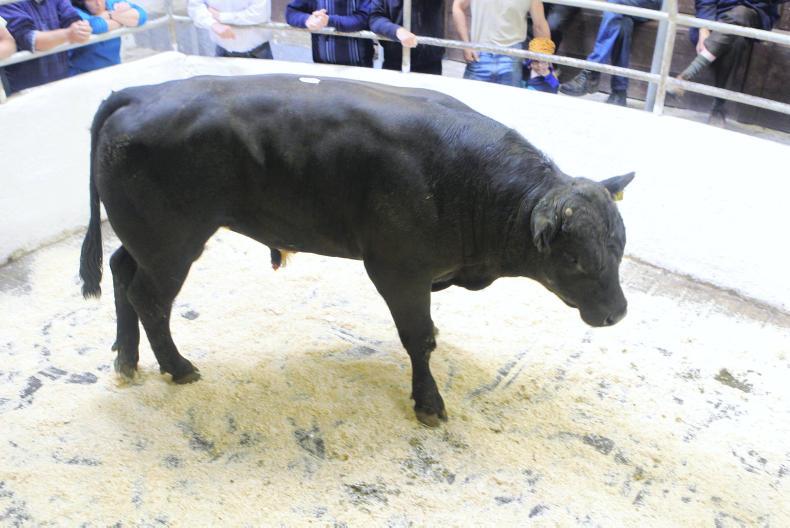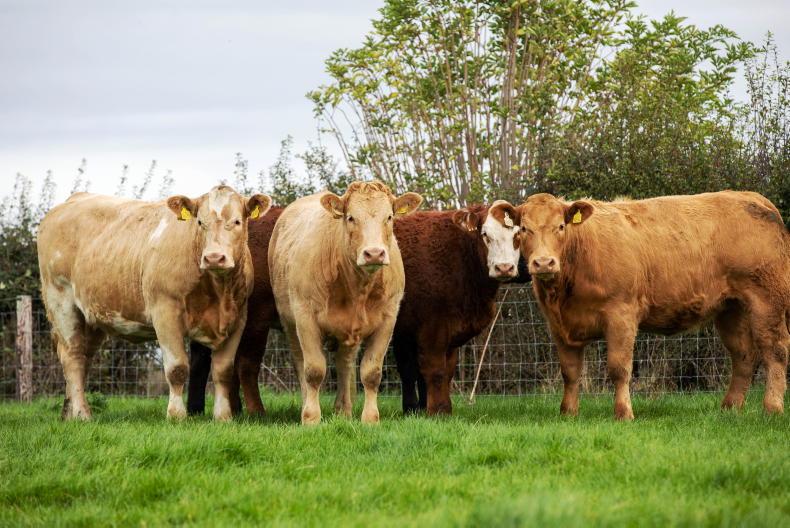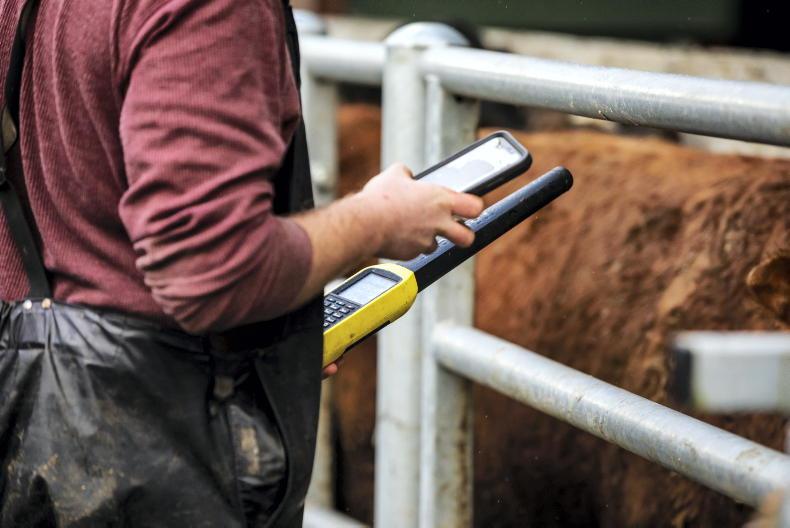It has been a tough few weeks for cattle finishers with young bull finishers taking the brunt of the hit when it comes to finished cattle returns in the last few weeks.
Factory appetite has fallen off completely for bulls under 16 months with current quotes dipping to as low as €3.60/kg for prime in-spec bulls. Dairy bulls are very difficult to shift.
“They’re getting harder killed every year. We even got a warning off our factory man today we’ll get away with it this year but next year they probably won’t consider the dairy bulls,” said dairy farmer Bill Gleeson from Nenagh, Co Tipperary, who finishes his own beef stock.
Processor comments
Processors have rolled out the standard answer again, telling farmers they can only slaughter so many a week. They are competing with young bulls in mainland European markets and steers are our unique selling point when we go to international markets.
“If the customer doesn’t want bulls, you don’t give them bulls. Remember, the customer is always right,” one factory representative said this week.
Efficiency, it seems, goes out the window. Farmers are now assigned to ignoring genetic gain, weight gain and key farm output efficiencies that young bull finishing brings to a farm system.
It has been proven by Teagasc to be the most profitable system that beef farmers can operate and for many years young bull finishing participants in the Teagasc/Irish Farmers Journal BETTER farm programme have been the most profitable.
The industry has to ask itself some serious questions if farmers are being asked to ignore the most efficient system that is available to them
The latest Department of Agriculture figures show that factories have slaughtered an extra 15,747 young bulls up to 15 June 2019 when compared with 2018 figures, or 656 young bulls/week extra when compared on a weekly basis.
Irish prime cattle supplies are up 5.8% with heifers being up the most at 10.9%, or 24,415 head. It seems we just can’t cope with the extra numbers.
The industry has to ask itself some serious questions if farmers are being asked to ignore the most efficient system that is available to them.
If farmers are forced to change back to steers, this will be mean an income drop at current steer prices.
On the Irish Farmers Journal demo farm in Tullamore, we estimate that cow numbers would have to drop in the region of 30% to facilitate grazing and housing of steers in a steer system. This is coupled with achieving a similar carcase weight (400kg) for an animal eight months older while grading would also take a hit, dropping one to two sub-classes.
Predictions
In January, Bord Bia predicted a contraction in the national kill due to lower numbers when compared with 2018 levels. However, to date, this has not materialised.
Factories also predicted a tightening of supplies in May and June but again this has not been borne out.
Supply and demand will dictate the price farmers take for beef until we find a fairer way of paying farmers a guaranteed price
For farmers with bulls to sell, there is very little they can do. They have to be sold under 16 months or forfeit the QPS and quality assurance bonus.
Bulls are also a perishable product and can’t be stored after a long, intensive finishing period. Factories and industry leaders can talk all they want about spec and customer requirements, but when it comes down to it the hard facts are supply and demand will dictate the price farmers take for beef until we find a fairer way of paying farmers a guaranteed or contracted price.









SHARING OPTIONS